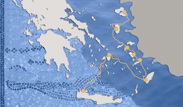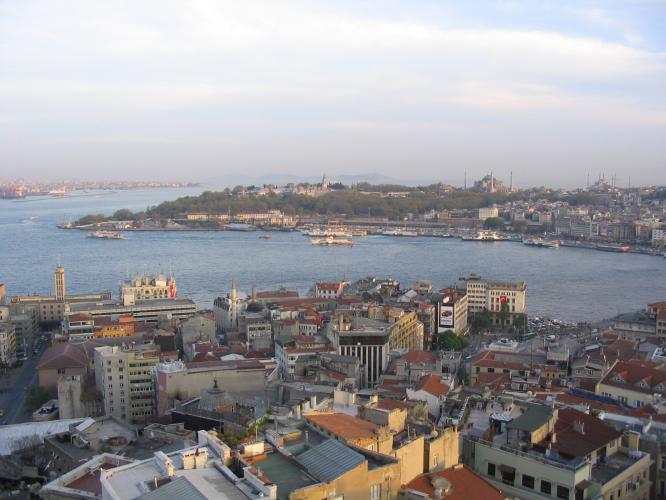 Constantinople, the capital city of the Byzantine Empire, occupied the triangular peninsula formed by the Golden Horn, the Bosphorus and the Sea of Marmara. The city was founded on the site of a Megaran colony named after its founder, Byzas. Constantine the Great recognized the strategic importance of the area, which dominated the Bosphorus and controlled trading routes between the Aegean and the Black Sea. The city was protected by the sea on three sides, while the strong Bosphorus currents made approach particularly difficult. Between 324 and 326 Constantine celebrated all the pagan rituals necessary for founding and establishing the new capital. The official inauguration was held on May 11, 330, along with celebrations for the 25th anniversary of his ascension to the throne; from then on the anniversary of the city’s inauguration was always formally celebrated. More
Constantinople, the capital city of the Byzantine Empire, occupied the triangular peninsula formed by the Golden Horn, the Bosphorus and the Sea of Marmara. The city was founded on the site of a Megaran colony named after its founder, Byzas. Constantine the Great recognized the strategic importance of the area, which dominated the Bosphorus and controlled trading routes between the Aegean and the Black Sea. The city was protected by the sea on three sides, while the strong Bosphorus currents made approach particularly difficult. Between 324 and 326 Constantine celebrated all the pagan rituals necessary for founding and establishing the new capital. The official inauguration was held on May 11, 330, along with celebrations for the 25th anniversary of his ascension to the throne; from then on the anniversary of the city’s inauguration was always formally celebrated. More
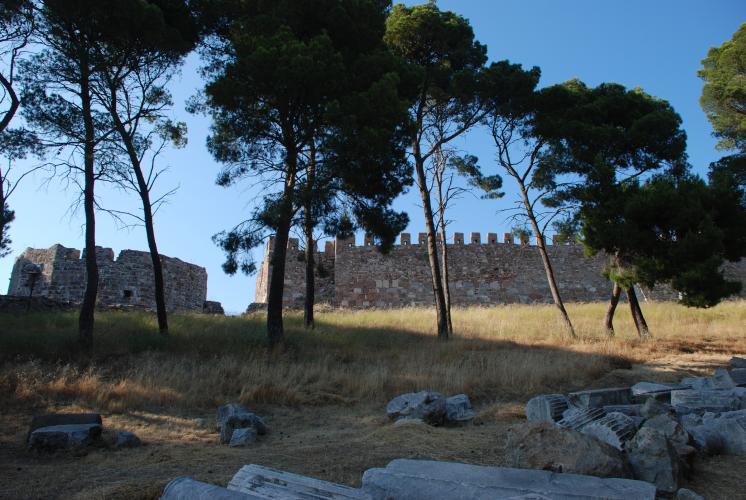 Lesbos (also known as Mytilene) is the third largest island in the Aegean archipelago. Rich in natural resources, it lies at a key geographical location near the Hellespont and the Asia Minor coast. From early antiquity onwards it developed its own distinct culture, making a decisive contribution to the diverse mosaic of Aegean culture. More
Lesbos (also known as Mytilene) is the third largest island in the Aegean archipelago. Rich in natural resources, it lies at a key geographical location near the Hellespont and the Asia Minor coast. From early antiquity onwards it developed its own distinct culture, making a decisive contribution to the diverse mosaic of Aegean culture. More
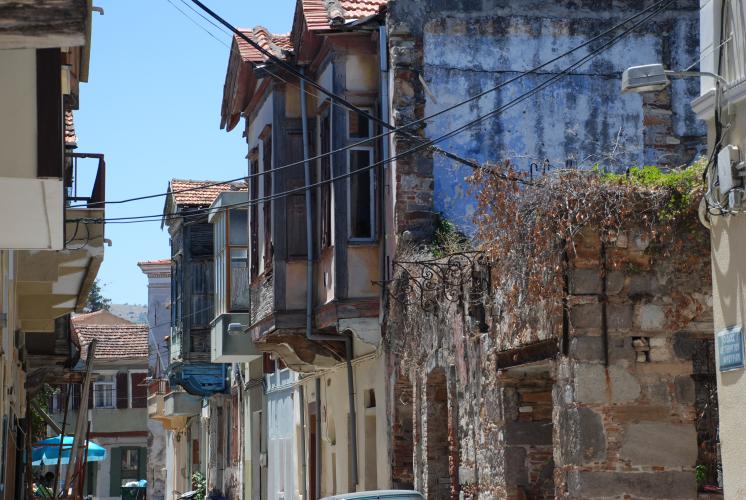 Chios is well-favoured in terms of its privileged geographical location, topography, climate and natural resources, factors which determined its character from early antiquity.
Neolithic finds from Emporio and Agios Galas confirm that Chios was settled early, and seems to have flourished and developed mainly in the years after the Ionic colonization (11th-10th century BC). When a city-state was established in the central region of the east coast, in around the 8th century, it rapidly gained control of the entire island, ushering in a golden age in shipping, commerce and the arts. More
Chios is well-favoured in terms of its privileged geographical location, topography, climate and natural resources, factors which determined its character from early antiquity.
Neolithic finds from Emporio and Agios Galas confirm that Chios was settled early, and seems to have flourished and developed mainly in the years after the Ionic colonization (11th-10th century BC). When a city-state was established in the central region of the east coast, in around the 8th century, it rapidly gained control of the entire island, ushering in a golden age in shipping, commerce and the arts. More
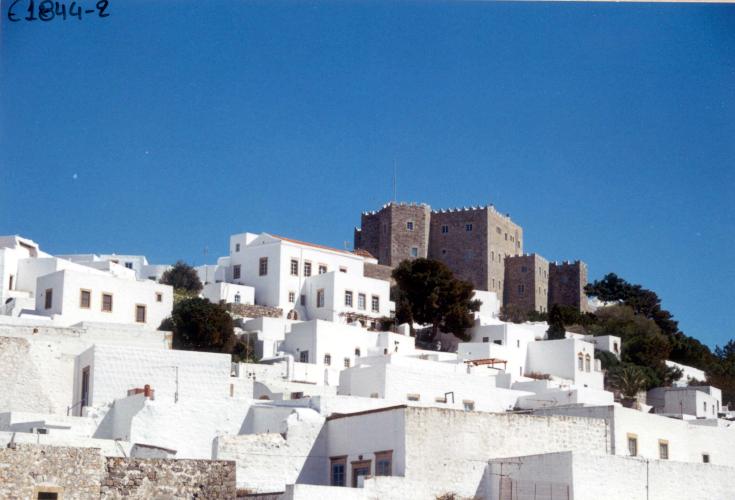 Located in the northern part of the Dodecanese islands, Patmos is a small, barren and rocky island. Volcanic soil and infrequent rains deprive the island of vegetation and crops, thus driving the inhabitants to the sea; at the same time they made for an abstract and otherworldly landscape, suitable to accommodate the apocalyptic writings of John the Theologian.
More
Located in the northern part of the Dodecanese islands, Patmos is a small, barren and rocky island. Volcanic soil and infrequent rains deprive the island of vegetation and crops, thus driving the inhabitants to the sea; at the same time they made for an abstract and otherworldly landscape, suitable to accommodate the apocalyptic writings of John the Theologian.
More
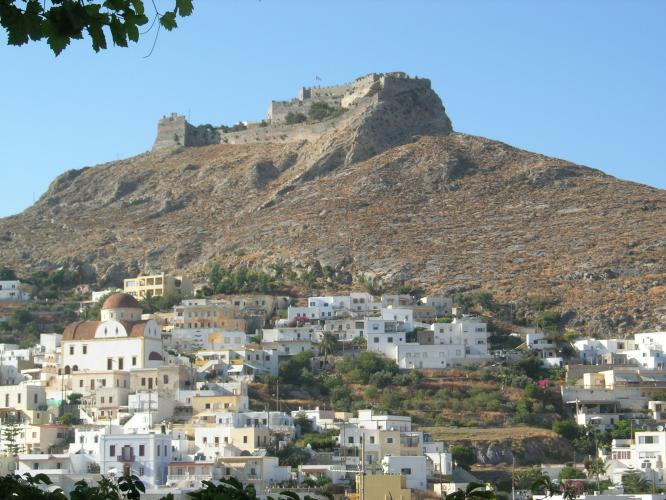 Leros is one of the islands in the Dodecanese, at the eastern edge of the Aegean. Archaeological evidence has revealed the active presence of humans there since prehistoric times, in finds dating to the late Neolithic and Early Bronze Age. In historical times the evolution and character of Leros were heavily influenced by its close relations with Miletus, whose people settled the island. It later came under Spartan and then Roman rule, while archaeology has also confirmed the presence of Macedonians. The official religious shrine in the classical era was at Partheni, in the northern part of the island. This was associated with the worship of a maiden called Iocallis, who connects the island with the myth of the Meleagrids and is considered synonymous with the goddess Artemis. Architectural remains from antiquity include two major fortifications at Partheni and Xirokambos, as well as the island’s principal settlement at Agia Marina. More
Leros is one of the islands in the Dodecanese, at the eastern edge of the Aegean. Archaeological evidence has revealed the active presence of humans there since prehistoric times, in finds dating to the late Neolithic and Early Bronze Age. In historical times the evolution and character of Leros were heavily influenced by its close relations with Miletus, whose people settled the island. It later came under Spartan and then Roman rule, while archaeology has also confirmed the presence of Macedonians. The official religious shrine in the classical era was at Partheni, in the northern part of the island. This was associated with the worship of a maiden called Iocallis, who connects the island with the myth of the Meleagrids and is considered synonymous with the goddess Artemis. Architectural remains from antiquity include two major fortifications at Partheni and Xirokambos, as well as the island’s principal settlement at Agia Marina. More
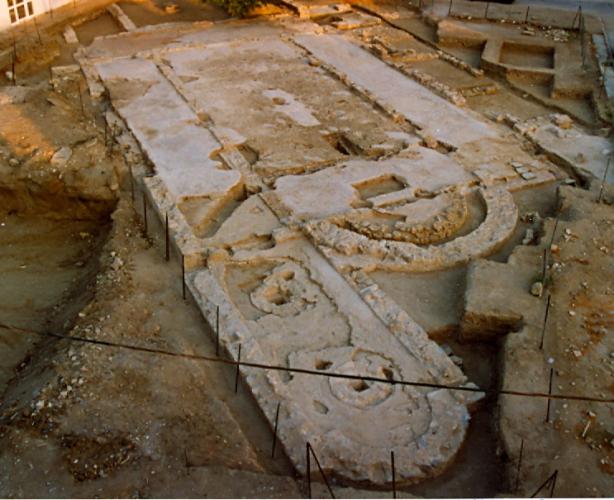 Down the centuries, the beauty of the Aegean landscape and the bountiful natural resources on Kos contributed to its emergence as an island with a long history and rich cultural heritage perhaps disproportionate to its small size. The island’s present-day character owes much to the material witnesses of the past: the classical antiquities, the plethora of early Christian monuments and the architecture and urban layout from the Italian occupation. More
Down the centuries, the beauty of the Aegean landscape and the bountiful natural resources on Kos contributed to its emergence as an island with a long history and rich cultural heritage perhaps disproportionate to its small size. The island’s present-day character owes much to the material witnesses of the past: the classical antiquities, the plethora of early Christian monuments and the architecture and urban layout from the Italian occupation. More
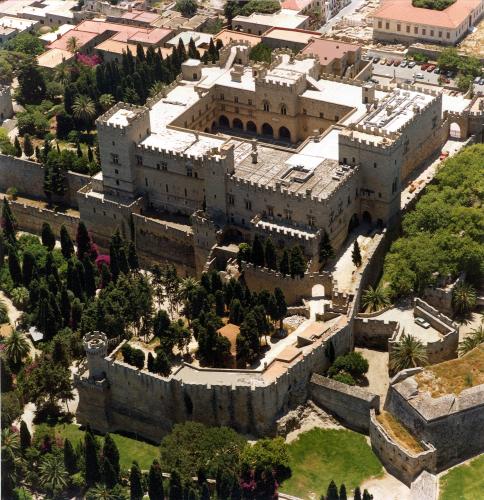 The presence of the Knights Hospitaller on Rhodes for over two centuries determined its course through history and shaped its character to such an extent that in Greek popular thinking it has become known as the Island of the Knights. However, Rhodes’ rich past, splendid art, monuments and robust culture go back much further than the flourishing medieval age of chivalry. There is definitive evidence of settlement from prehistoric times. More
The presence of the Knights Hospitaller on Rhodes for over two centuries determined its course through history and shaped its character to such an extent that in Greek popular thinking it has become known as the Island of the Knights. However, Rhodes’ rich past, splendid art, monuments and robust culture go back much further than the flourishing medieval age of chivalry. There is definitive evidence of settlement from prehistoric times. More
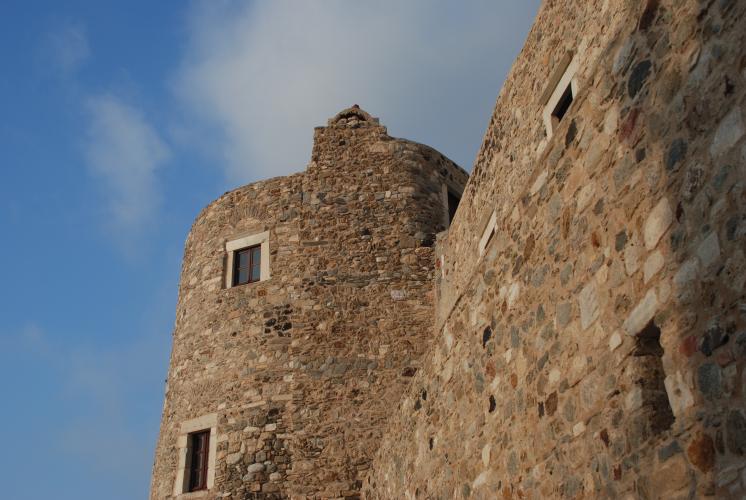 Naxos is the largest island in the Cyclades. The expansive, rolling hinterland rises to a large mountain range bisecting the island. The high peaks and steep slopes of the uplands, fertile plains and insular landscape make for an environment of contrasts. Naxos is ideally suited for crop and livestock farming, the islanders’ main occupations, and is also rich in minerals and commercial shipping. More
Naxos is the largest island in the Cyclades. The expansive, rolling hinterland rises to a large mountain range bisecting the island. The high peaks and steep slopes of the uplands, fertile plains and insular landscape make for an environment of contrasts. Naxos is ideally suited for crop and livestock farming, the islanders’ main occupations, and is also rich in minerals and commercial shipping. More
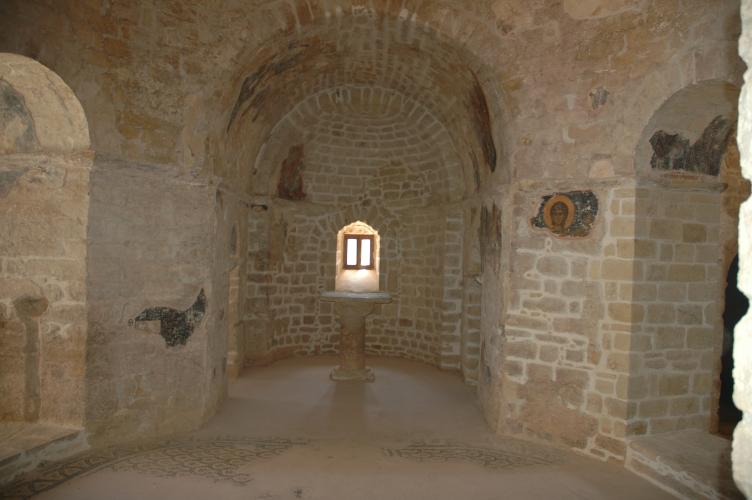 As the largest island in the Greek archipelago, with a culture all of its own, Crete has made its mark on Greek history and often determined its course.
Having developed a fully fledged culture from as early as Neolithic times, Crete heralded the dawn of civilization in the wider European area. The lasting period of prosperity from 2800 to 1100 BC is associated with Minoan civilization. Irrefutable evidence of its range and splendour lies in the old and new palaces erected at Knossos, Phaistos, Malia and Zakros; in the development of important sites such as Agia Triada, Gortyn, Zominthos, Myrtos, Fournou Koryfi, etc.; in the evolution of a sophisticated, rich and vibrant art; in the commercial supremacy of the Minoans on the seas; and in the spread of their products, pottery, artefacts and artistic trends throughout the Mediterranean Basin. More
As the largest island in the Greek archipelago, with a culture all of its own, Crete has made its mark on Greek history and often determined its course.
Having developed a fully fledged culture from as early as Neolithic times, Crete heralded the dawn of civilization in the wider European area. The lasting period of prosperity from 2800 to 1100 BC is associated with Minoan civilization. Irrefutable evidence of its range and splendour lies in the old and new palaces erected at Knossos, Phaistos, Malia and Zakros; in the development of important sites such as Agia Triada, Gortyn, Zominthos, Myrtos, Fournou Koryfi, etc.; in the evolution of a sophisticated, rich and vibrant art; in the commercial supremacy of the Minoans on the seas; and in the spread of their products, pottery, artefacts and artistic trends throughout the Mediterranean Basin. More
 Constantinople, the capital city of the Byzantine Empire, occupied the triangular peninsula formed by the Golden Horn, the Bosphorus and the Sea of Marmara. The city was founded on the site of a Megaran colony named after its founder, Byzas. Constantine the Great recognized the strategic importance of the area, which dominated the Bosphorus and controlled trading routes between the Aegean and the Black Sea. The city was protected by the sea on three sides, while the strong Bosphorus currents made approach particularly difficult. Between 324 and 326 Constantine celebrated all the pagan rituals necessary for founding and establishing the new capital. The official inauguration was held on May 11, 330, along with celebrations for the 25th anniversary of his ascension to the throne; from then on the anniversary of the city’s inauguration was always formally celebrated. More
Constantinople, the capital city of the Byzantine Empire, occupied the triangular peninsula formed by the Golden Horn, the Bosphorus and the Sea of Marmara. The city was founded on the site of a Megaran colony named after its founder, Byzas. Constantine the Great recognized the strategic importance of the area, which dominated the Bosphorus and controlled trading routes between the Aegean and the Black Sea. The city was protected by the sea on three sides, while the strong Bosphorus currents made approach particularly difficult. Between 324 and 326 Constantine celebrated all the pagan rituals necessary for founding and establishing the new capital. The official inauguration was held on May 11, 330, along with celebrations for the 25th anniversary of his ascension to the throne; from then on the anniversary of the city’s inauguration was always formally celebrated. More


 Located in the northern part of the Dodecanese islands, Patmos is a small, barren and rocky island. Volcanic soil and infrequent rains deprive the island of vegetation and crops, thus driving the inhabitants to the sea; at the same time they made for an abstract and otherworldly landscape, suitable to accommodate the apocalyptic writings of John the Theologian.
More
Located in the northern part of the Dodecanese islands, Patmos is a small, barren and rocky island. Volcanic soil and infrequent rains deprive the island of vegetation and crops, thus driving the inhabitants to the sea; at the same time they made for an abstract and otherworldly landscape, suitable to accommodate the apocalyptic writings of John the Theologian.
More

 Down the centuries, the beauty of the Aegean landscape and the bountiful natural resources on Kos contributed to its emergence as an island with a long history and rich cultural heritage perhaps disproportionate to its small size. The island’s present-day character owes much to the material witnesses of the past: the classical antiquities, the plethora of early Christian monuments and the architecture and urban layout from the Italian occupation. More
Down the centuries, the beauty of the Aegean landscape and the bountiful natural resources on Kos contributed to its emergence as an island with a long history and rich cultural heritage perhaps disproportionate to its small size. The island’s present-day character owes much to the material witnesses of the past: the classical antiquities, the plethora of early Christian monuments and the architecture and urban layout from the Italian occupation. More
 The presence of the Knights Hospitaller on Rhodes for over two centuries determined its course through history and shaped its character to such an extent that in Greek popular thinking it has become known as the Island of the Knights. However, Rhodes’ rich past, splendid art, monuments and robust culture go back much further than the flourishing medieval age of chivalry. There is definitive evidence of settlement from prehistoric times. More
The presence of the Knights Hospitaller on Rhodes for over two centuries determined its course through history and shaped its character to such an extent that in Greek popular thinking it has become known as the Island of the Knights. However, Rhodes’ rich past, splendid art, monuments and robust culture go back much further than the flourishing medieval age of chivalry. There is definitive evidence of settlement from prehistoric times. More





